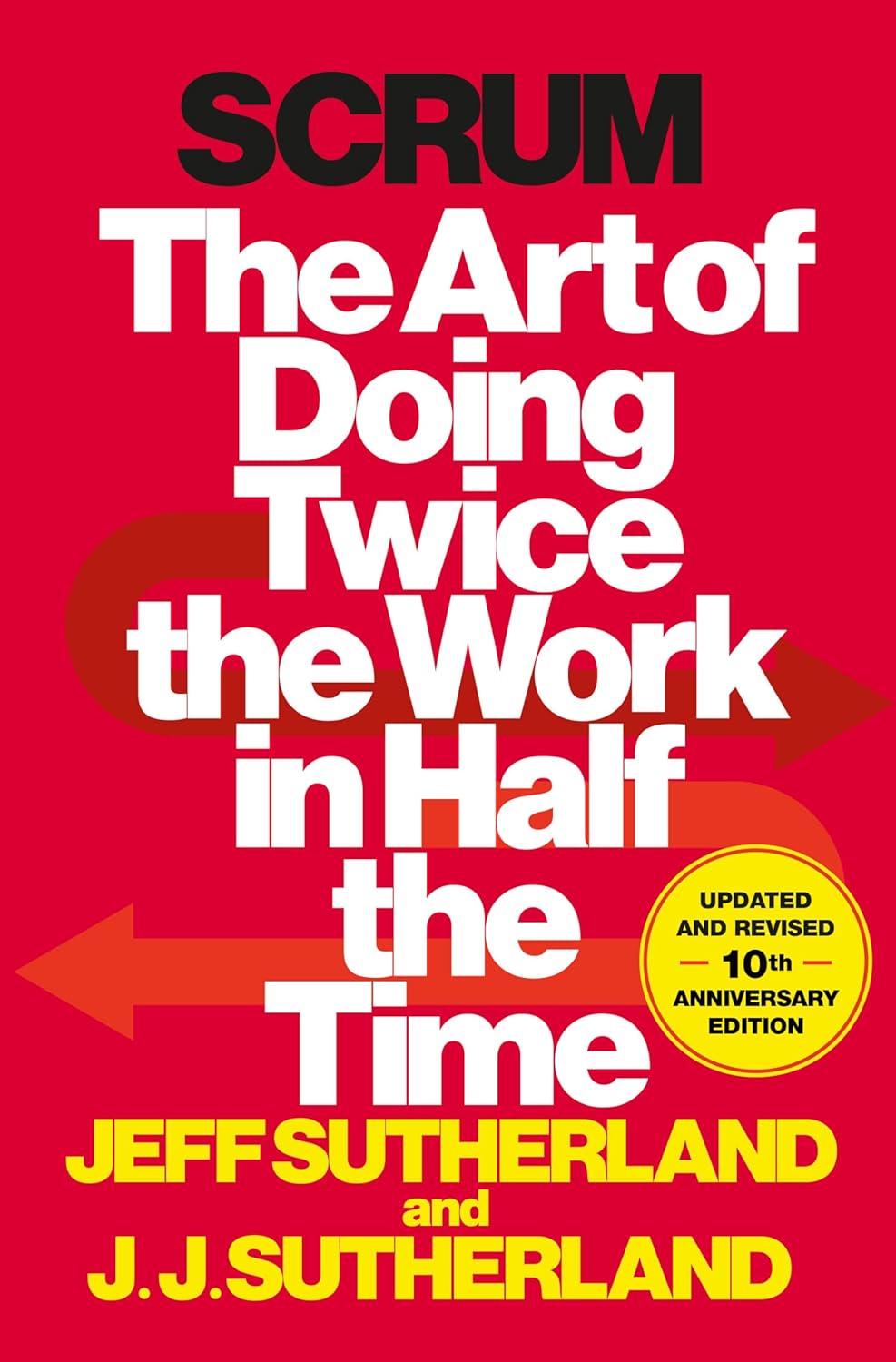In the rapidly evolving business landscape, Agile Business Process Management (BPM) has emerged as a critical approach for organizations seeking to maintain competitiveness and adaptability. Combining Agile principles with traditional BPM creates a powerful framework
Sprint planning: Practices for Agile teams
Sprint planning is the cornerstone of successful Agile methodology implementation. Many projects fail precisely due to shortcomings during the planning phase, when teams cannot clearly define the scope of work or incorrectly estimate time requirements.
Key takeaway
Quality preparation solves 80% of planning problems
Sprint goals should be specific and unifying
Planning is a team commitment, not a top-down assignment
Planning fundamentals
Best practices for sprint planning begin with understanding fundamental principles. Quality planning requires a structured approach that includes analyzing previous sprints, assessing team capabilities, and clearly defining objectives.
- Preparation for planning should begin well in advance. The Product Owner must prepare and prioritize the backlog at least one day before the meeting. The development team should have the opportunity to review user stories beforehand and ask clarifying questions.
- The classic rule states: allocate two hours of planning for each week of the sprint. For a two-week sprint, this means four hours, but practice shows it's more effective to split this time into
Preparation phase
Improving sprint planning is impossible without quality preparation. This phase is often underestimated, though it determines the success of the entire process.
- Definition of Ready (DoR) establishes criteria for user story readiness before inclusion in a sprint. Each story should contain clear acceptance criteria, complexity estimates, and dependencies on other tasks. Without adhering to DoR, planning becomes chaotic, with teams spending time clarifying details instead of focusing on execution.
- Backlog refinement should occur regularly, not just before sprint planning. It's recommended to allocate 10% of sprint time to this process. Teams can conduct short refinement sessions several times per week, gradually working through stories for future sprints.
- Velocity analysis helps teams understand their actual capabilities. It's important to consider not only the average velocity of the last 3-5 sprints but also factors that might affect productivity: vacations, holidays, technical debt, or external dependencies.

Planning sessions
Effective sprint planning strategies include a structured approach to the meeting itself. Sprint planning consists of two parts: determining "what" will be done and "how" it will be implemented.
- The team, together with the Product Owner, defines the sprint goal that unifies all selected user stories. The goal should be specific, measurable, and understandable to all participants. Poor goal: "Improve user experience." Good goal: "Users will be able to register through social media with one click."
- The development team decomposes selected stories into tasks and estimates them in hours. This process helps identify hidden complexities and dependencies. Each task should take no more than 8 hours—if longer, it needs to be broken down into subtasks.
Roles and responsibilities
Interaction within an agile team is built on a clear understanding of each participant's role in the planning process.
- The Scrum Master facilitates the process, monitors timeboxes, and helps the team make decisions. They shouldn't impose solutions but must ask the right questions and guide discussions constructively.
- The Product Owner is responsible for backlog prioritization and making decisions about which features should be implemented first. They must be ready to explain the business value of each story and answer development team questions.
- The development team commits to delivering results. It's crucial that this commitment comes from the team itself rather than being imposed externally. This is the only way to achieve high levels of motivation and accountability.
Common mistakes
- Overestimating capabilities is the most frequent mistake in sprint planning. Teams tend to take on more work than they can complete, especially at the beginning of a project or after a successful sprint. Agile sprint planning tips include the principle "better to underestimate than overestimate." Unfulfilled commitments undermine stakeholder trust and demotivate the team.
- Lack of time buffers is another critical error. Sprint plans should include 10-20% buffer time for unforeseen tasks, bugs, or technical support. This reserve shouldn't be filled with additional stories "just in case."
- Ignoring dependencies leads to blockers mid-sprint. All external dependencies must be identified and addressed during planning. If a task depends on another team or external vendor, deadlines must be agreed upon in advance and confirmations obtained.
Process monitoring
Best practices for sprint planning include continuous improvement of the planning process itself. During retrospectives, teams should analyze not only sprint results but also planning quality.
Metrics for analysis:
- Estimation accuracy (comparing planned vs. actual time spent)
- Percentage of completed stories
- Number of changes in the sprint after planning
- Time spent on planning
Burndown charts help track progress throughout the sprint and identify problems early. If the chart shows the team won't complete the planned work, corrective measures must be taken: reprioritize tasks or remove the least important user stories.
Adapting planning
- Remote teams require a special approach to sprint planning. Specialized collaboration tools must be used, and quality communication for all participants must be ensured. It's recommended to conduct planning in several short sessions instead of one long meeting.
- Large projects with multiple teams need coordination at the program level. Scrum of Scrums or SAFe (Scaled Agile Framework) provide structure for synchronizing work across multiple teams.
- Maintenance projects, where significant time goes to support and bug fixes, require reserving part of the capacity for unplanned work. Usually, 30-50% of sprint time is allocated for support, with remaining time for new feature development.
Interesting fact 
Research by VersionOne showed that 76% of organizations that implemented Agile methodologies noted improvements in project planning quality. Teams that spend optimal time on sprint planning demonstrate higher productivity compared to teams that either plan too little.
Related articles:
Learn project management by reading our article The project management triangle: Balance scope, time, cost.
Make work easier for yourself and your team by familiarizing yourself with What is a Kanban board? A guide to visual workflow management.
Help teams focus on real user needs with the article Agile personas: Enhancing user-centric development in Agile projects.
Conclusion
Effective sprint planning requires a systematic approach and continuous improvement.
Remember that perfect planning doesn't exist. Use retrospectives not only to analyze results but also to improve the planning process itself. Only through practice and continuous improvement will teams achieve maximum effectiveness working with Agile methodology.
Recommended reading 

“Scrum: The Art of Doing Twice the Work in Half the Time”
This book explains how the Scrum framework helps teams achieve outstanding results in less time.
On Amazon
“User Story Mapping: Discover the Whole Story, Build the Right Product”
Visual story mapping helps teams better understand product goals and plan sprints more intentionally.
On Amazon
“Essential Scrum: A Practical Guide to the Most Popular Agile Process”
Structure, roles, and practices that provide a deep understanding of how to apply Scrum in everyday work.
On Amazon






